Believe it or not, Holley’s HydraMat has been around for 10 years. Since it was introduced in 2014, it’s become something a ‘hidden’ asset in racing. Many racers in stock-appearing muscle car drag race series like the Factory Appearing Stock Tire Series (FAST) use HydraMats much like a fuel sump. It’s also widely used in off-road race trucks and buggies. Holley even makes one just for ARCA circle track racing.
Holley describes the HydraMat as a fuel pickup system. Compatible with gasoline, E85, ethanol, and methanol, it sits at the bottom of the gas tank or fuel cell and pulls fuel into an internal reservoir. As fuel is used, the tiny pores in the HydraMat’s nylon mesh media will seal off uncovered areas. That keeps fuel in the reservoir and allows it to be drawn from areas of the mat that are still covered in fuel. That greatly reduces fuel starvation issues under acceleration and hard cornering—no need to install an extra sump or reservoir at the base of the tank.
The HydraMat design also offers other benefits:
• Greatly reduces the potential for air to enter into the fuel system, reducing the chances of poor engine performance or stalling
• Allows you to run the car with less fuel in the system. Any chance to drop some weight from your race car, you grab it
• The HydraMat acts as a 15-micron pre-filter, eliminating the need for a separate filter between the tank and an external fuel pump
The HydraMat is anchored inside the gas tank or fuel cell with four studs and rare earth magnets. The studs bolt to reinforced eyelets on each corner. The magnets are incredibly powerful and once they come in contact with metal, it takes considerable force to adjust them. Never use a screwdriver or other metal object to move the magnets. It will next to impossible to get it unstuck. For the same reason, never, ever allow the magnets to contact each other (ask me why I know!).
You can also install a HydraMat in a plastic tank/cell by securing a second set of rare earth magnets on the outside of the cell. They will attract the magnets on the mat so it won’t move an inch.
When it comes to choosing the right size HydraMat, Holley says the general rule of thumb is to install the largest one you can reasonably fit inside your tank. Larger mats have more fuel capacity in their internal reservoirs and offer less restriction at the fuel pump. They also cover more of the tank, ensuring the mat is touching fuel even in extreme driving for maximum fuel scavenging.
Here are some HydraMat installation tips direct from Holley:
• Plumb the return line in the tank so the discharge point sits approximately one inch above the HydraMat and is directed towards the pickup connection point. This will keep the mat wet under extremely low fuel conditions and provide maximum scavenging
• A HydraMat can be folded to optimize fuel scavenging on vertical climbs. For example you can run the mat up the back wall of a fuel cell in a rock crawler buggy
• Multiple HydraMats can be used in a single tank by connecting them to a T- or Y-fitting in the feed line to the fuel pump
• In fuel cells with anti-slosh foam, install the HydraMat underneath the foam
• Your HydraMat might come out of the box rolled or folded up due to temperature conditions during shipping. Laying it out in the sun with a little weight on the corners to hold it flat will fix that issue. You can also use a hairdryer as long as you don’t hold it too long over one spot
This Holley video explains HydraMat installation in more detail.
The HydraMat is available in 20 configurations to fit virtually any tank or fuel cell. The one I used for my big block-powered Nova is a 15- x 15-inch square with a 1/2-inch NPT pickup fitting in the center.
Does the HydraMat work? From personal experience, heck yeah! Even with virtually nothing but fumes in the tank, it still delivers whatever fuel remains to the carburetor. I’ll cover the installation in a future article. In the meantime, take a look at some of the available HydraMat configurations.


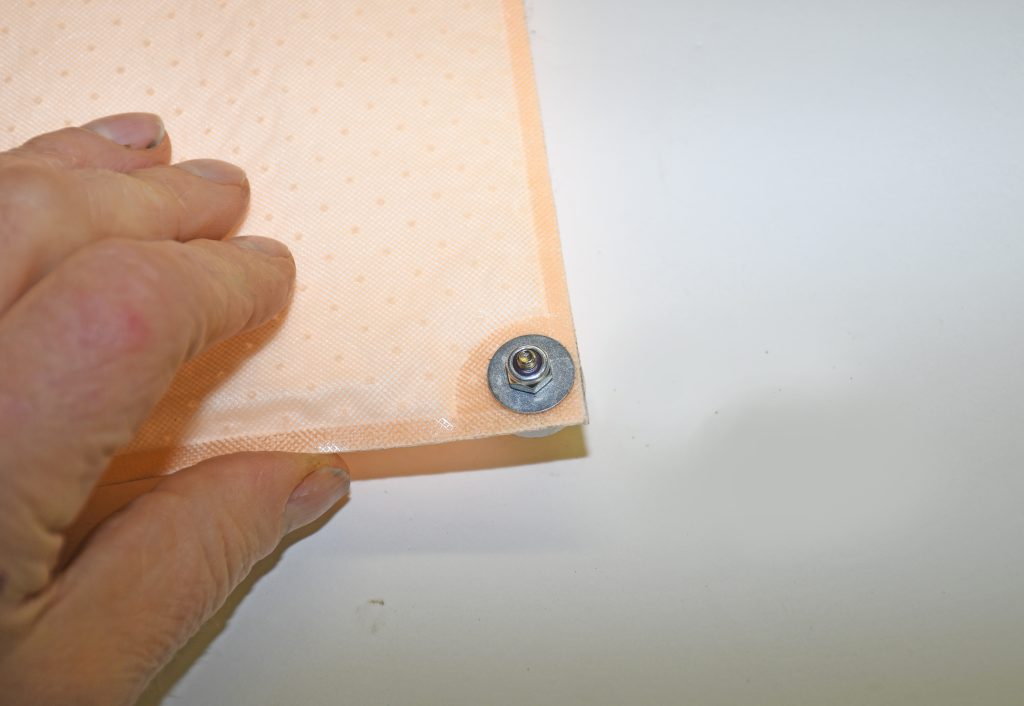
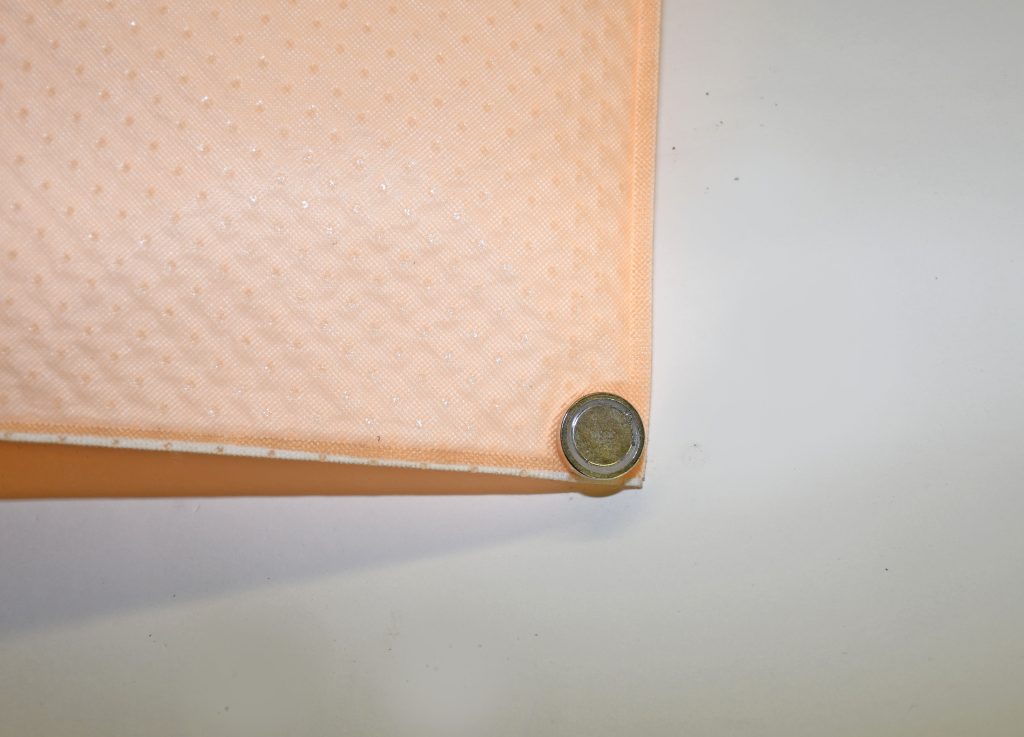
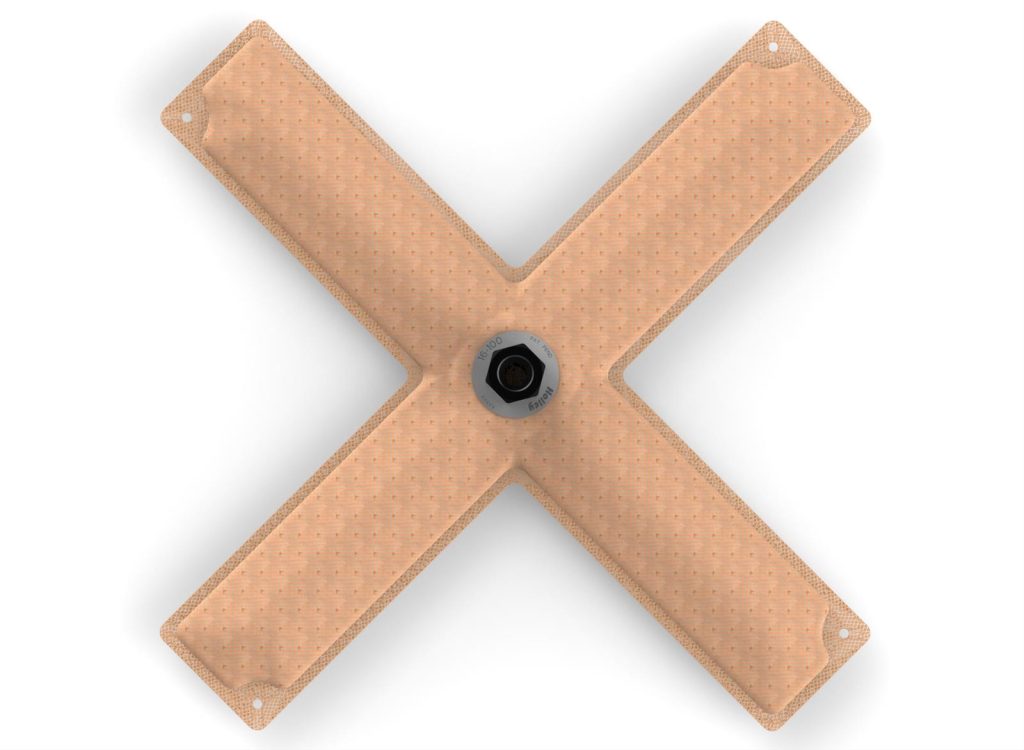
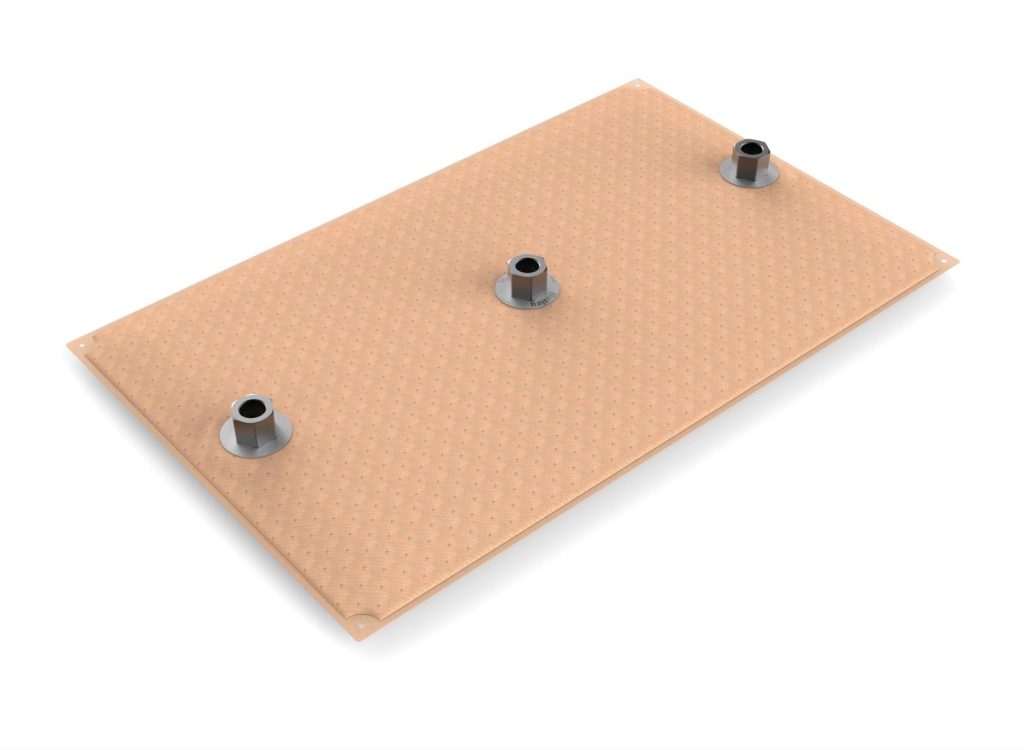
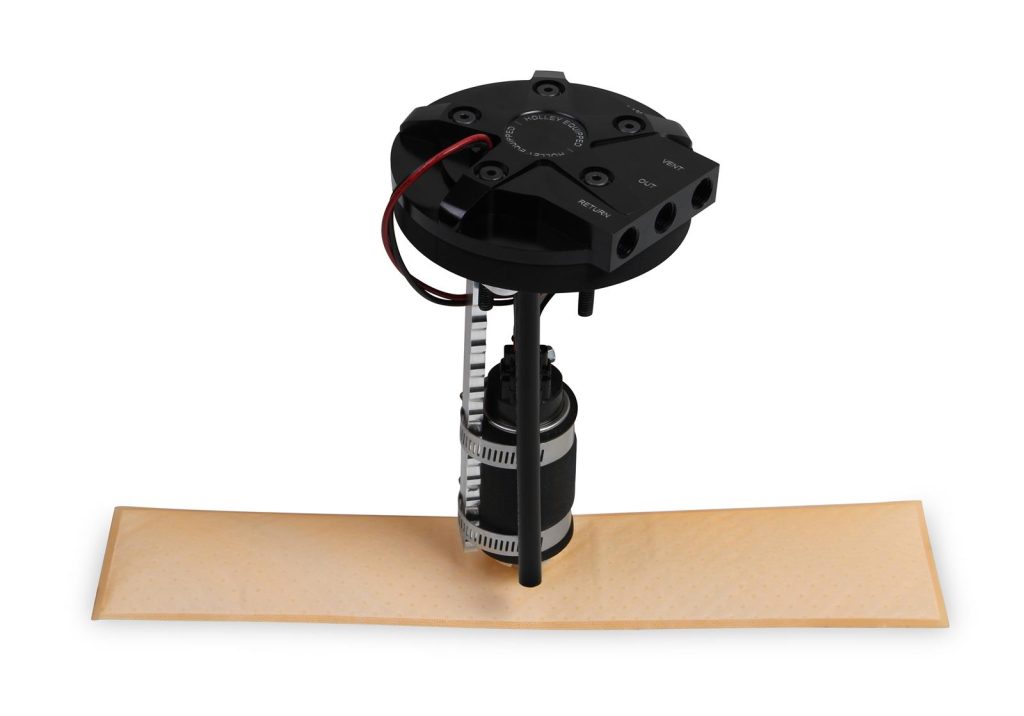

Comments